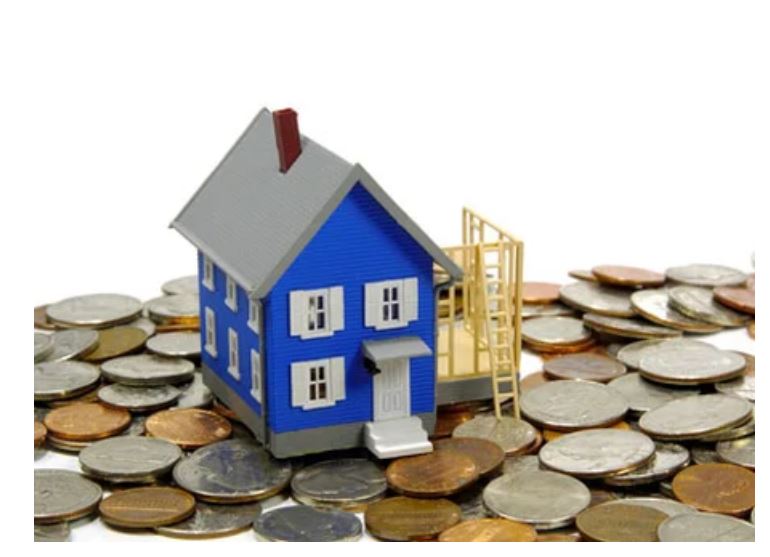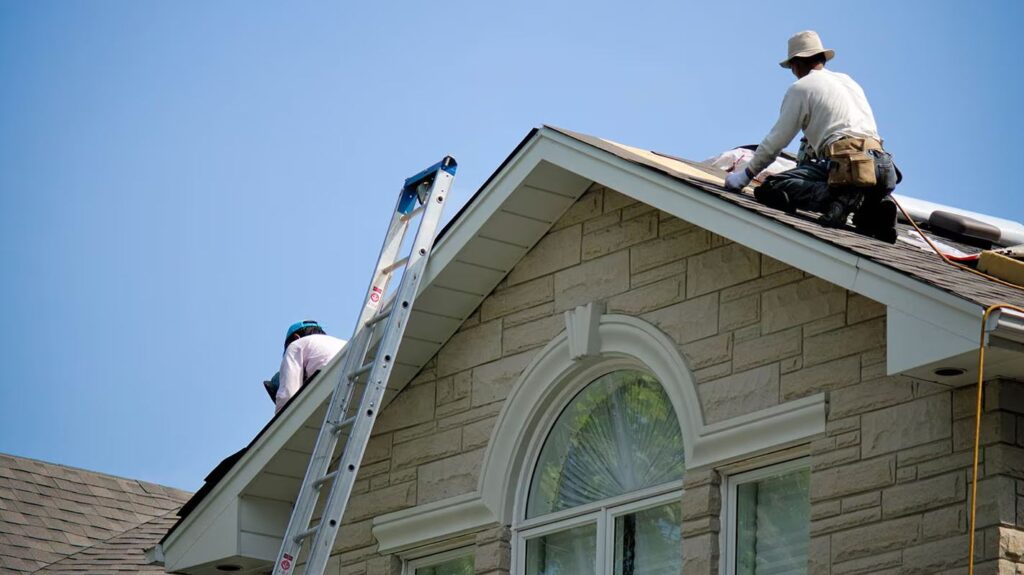
Home improvement projects can transform a house into a dream home, increase property value, and enhance comfort and functionality. However, financing these projects often requires careful planning and understanding of loan options. Securing a home improvement loan quickly is possible when you follow a strategic approach. Here, we outline six critical steps to help homeowners obtain the funds they need efficiently and confidently.
1. Assess Your Home Improvement Costs Accurately
The first step in obtaining a home improvement loan is to determine the exact loan amount needed. Home renovation costs can vary widely depending on the scope of the project, the quality of materials, and labor requirements. To avoid borrowing too little or overextending your finances, prepare a detailed budget that includes:
- Cost of materials such as tiles, paint, fixtures, and appliances.
- Labor expenses for contractors, electricians, plumbers, or carpenters.
- Permits or inspection fees required by local authorities.
- Contingency funds, typically 10-15% of the total budget, to cover unexpected expenses.
By understanding the precise financial requirements, you position yourself to request the optimal loan amount while demonstrating preparedness to lenders.
2. Review Lender Requirements Thoroughly
Different lenders have varying eligibility criteria for home improvement loans. To maximize your chances of approval, review the requirements carefully before applying. Typical criteria include:
- Credit Score: Most lenders require a minimum credit score, often ranging from 620 to 700, to qualify for favorable interest rates.
- Debt-to-Income Ratio: Lenders evaluate your monthly debt payments relative to your income. A ratio below 40% is usually preferred.
- Income Verification: Steady employment history and sufficient monthly income are crucial for approval.
- Home Ownership Documentation: Proof of ownership or equity in your home may be required, especially for secured loans.
Understanding these requirements allows homeowners to prepare the necessary documentation, avoid unnecessary delays, and identify lenders most likely to approve the application.
3. Explore Alternative Financing Options
While traditional home improvement loans are a popular choice, exploring alternative financing options can provide more flexibility or lower costs. Alternatives include:
- Home Equity Loans: If you have substantial equity in your home, a home equity loan can offer lower interest rates and tax-deductible interest.
- Home Equity Line of Credit (HELOC): HELOCs allow you to borrow funds as needed, making them ideal for ongoing projects with variable costs.
- Personal Loans: Unsecured personal loans are available without using your home as collateral but may have higher interest rates.
- Credit Cards for Smaller Projects: For minor renovations, credit cards with promotional 0% APR offers can be an efficient solution.
By comparing all financing avenues, homeowners can choose the option that balances cost, repayment terms, and convenience.
4. Get Prequalified with Multiple Lenders

Prequalification is a strategic step that allows homeowners to assess potential loan offers without impacting their credit scores. When you get prequalified:
- Lenders perform a soft credit check, giving an estimated interest rate and loan amount.
- You receive multiple offers, enabling comparison of rates, fees, and terms.
- It provides a clear understanding of how much you can borrow, which helps in planning the project efficiently.
Engaging with several lenders at this stage increases your leverage and ensures you secure the most competitive loan terms.
5. Compare Home Improvement Loan Options in Detail
Once prequalified, it is essential to evaluate the loan offers meticulously. Key factors to consider include:
- Interest Rates: Even a small difference in interest rates can significantly impact total repayment over the life of the loan.
- Repayment Terms: Loans typically range from 12 months to 15 years. Shorter terms often have higher monthly payments but lower overall interest costs.
- Origination and Closing Fees: Some loans include fees that can increase the overall cost of borrowing.
- Flexibility and Early Repayment Options: Check for penalties or benefits related to early repayment.
- Lender Reputation: Research customer reviews, BBB ratings, and complaint records to ensure a trustworthy lending experience.
By carefully comparing these elements, homeowners can select the loan that aligns with their financial goals and project timeline.
6. Submit a Complete and Accurate Loan Application
After selecting the optimal loan, the next step is to submit a comprehensive application. Accuracy and completeness are critical to avoid delays or rejection. Required documentation typically includes:
- Proof of income, such as pay stubs, tax returns, or bank statements.
- Credit history and authorization for credit checks.
- Detailed description of the renovation project, including budget estimates, timelines, and contractor information.
- Proof of home ownership or equity if applying for a secured loan.
Ensure all forms are carefully reviewed and that supporting documents are attached. Promptly responding to lender requests can accelerate approval and funding, enabling you to start the home improvement project without unnecessary delays.
Conclusion: Streamline Your Home Renovation Financing
By following these six steps—accurately assessing costs, reviewing lender requirements, exploring alternatives, getting prequalified, comparing loan options, and submitting a complete application—homeowners can efficiently secure a home improvement loan. This structured approach not only improves the chances of approval but also ensures access to favorable terms, helping you fund renovations with confidence and financial clarity.
Home improvement loans, when carefully planned and executed, can transform your property, enhance living spaces, and add long-term value. Begin the process today, and take control of your home renovation financing with clarity, efficiency, and confidence.